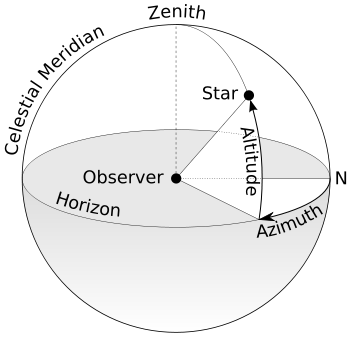

Submitted papers should be well formatted and use good English. Please visit the Instructions for Authors page before submitting a manuscript. Universe is an international peer-reviewed open access monthly journal published by MDPI. A guide for authors and other relevant information for submission of manuscripts is available on the Instructions for Authors page. All manuscripts are thoroughly refereed through a single-blind peer-review process.

Submitted manuscripts should not have been published previously, nor be under consideration for publication elsewhere (except conference proceedings papers). For planned papers, a title and short abstract (about 100 words) can be sent to the Editorial Office for announcement on this website. Research articles, review articles as well as short communications are invited. In this essay, I detail why Gaia is important and how it is revolutionary to the field of astrometry (the study of the position and motions of celestial objects). Accepted papers will be published continuously in the journal (as soon as accepted) and will be listed together on the special issue website. Gaia: An astrometric solution Jonah Hansen Abstract The European Space Agency (ESA) launched a mission, named Gaia, that recently released its first catalogue of data. All submissions that pass pre-check are peer-reviewed. Manuscripts can be submitted until the deadline. Once you are registered, click here to go to the submission form. Manuscripts should be submitted online at by registering and logging in to this website. The scope of this Special Issue is, then, twofold: first, to highlight the Gaia legacy, in particular the methods that lead to the most accurate stellar light path reconstruction ever achieved and allow building bridges between fundamental physics and astronomy beyond Gaia and second, to present technological approaches that exploit increasingly accurate solutions of null geodesics for new gravitational astrometric tests, which may even include photon interactions with gravitational waves. The crucial point is to trace backward the trajectory of the stellar light-thus determining the spacetime position and motion of the stars -starting from an observer inevitably embedded in the local gravitational fields, as well as to unveil, by following a "gravitational" Ariadne's thread, new relativistic effects encoded by light as it propagates through variable curvatures. The high-precision astrometry inaugurated by the ESA Gaia mission has forced fundamental astronomy to move from the "classical" paradigm, responding to Newton's gravity, to the geometric one of Einstein's general relativity, the current standard theory of gravity.


 0 kommentar(er)
0 kommentar(er)
